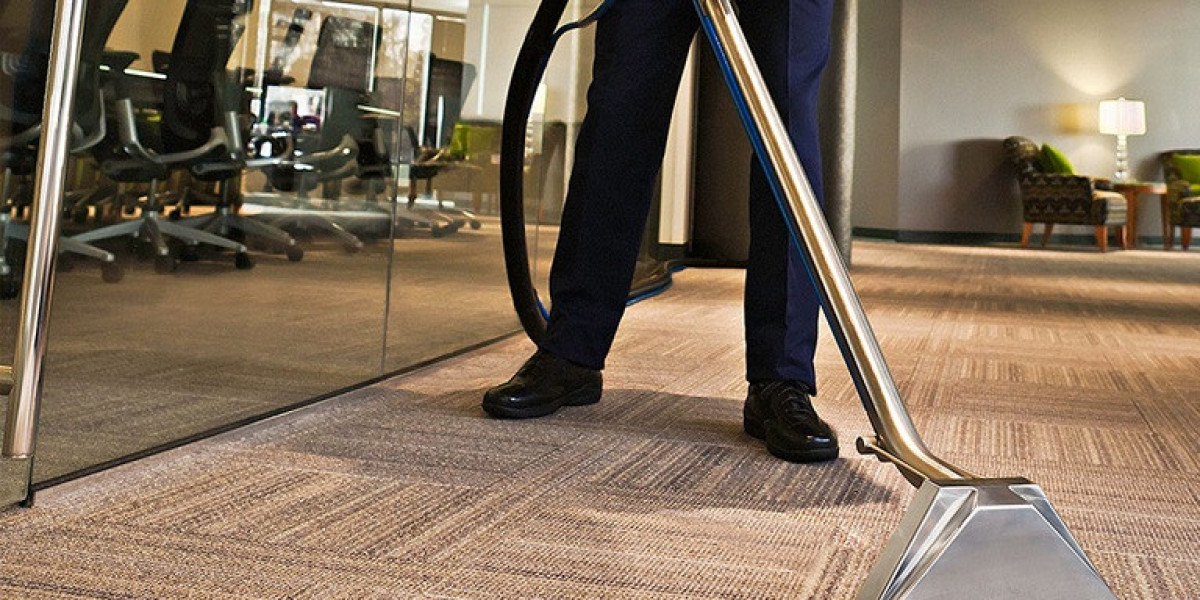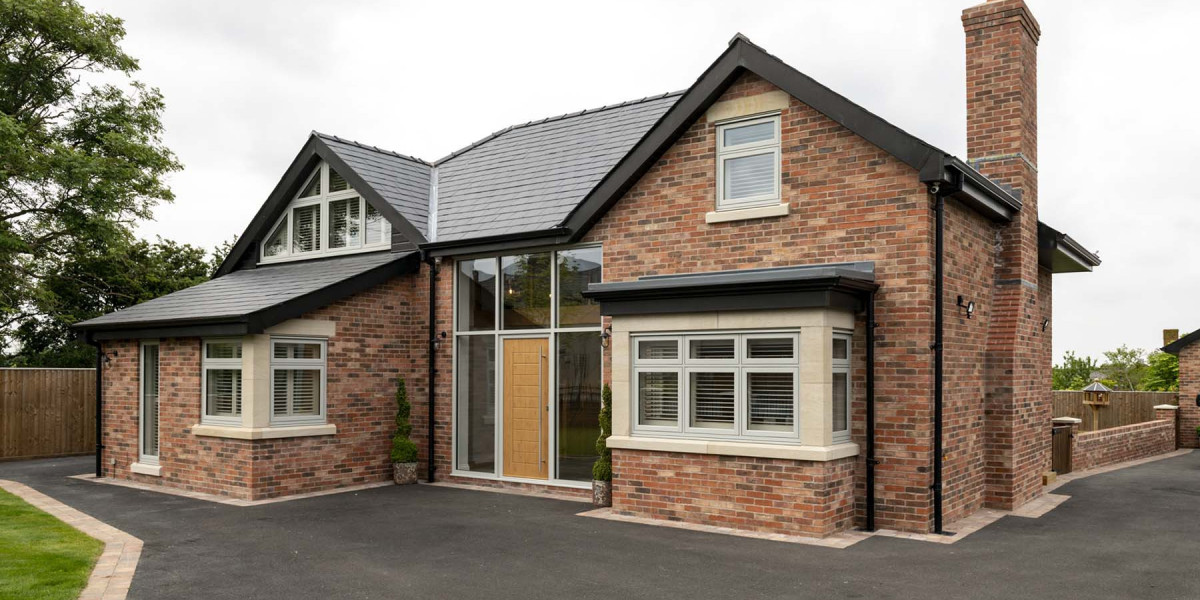When it comes to woodworking, precision is everything. Whether you're a seasoned carpenter or just starting your journey in the world of DIY, a reliable panel saw is an essential tool in your arsenal. But what happens when that trusty machine starts throwing you curveballs? Fear not! Our ultimate Panel saw troubleshooting and repairs checklist is here to rescue both your projects and your sanity. From unexpected blade misalignments to mysterious power issues, we’ve compiled all the must-know tips and tricks that will have you back on track in no time.
Introduction to Panel Saws and their Importance in Woodworking
Panel saws are the unsung heroes in the woodworking world. These powerful tools can transform a raw sheet of material into precise cuts, allowing woodworkers to create everything from intricate furniture to sturdy cabinetry. Whether you're a seasoned pro or just starting out, understanding your panel saw's inner workings is crucial for achieving those perfect results.
But like any mechanical device, panel saws can present their own set of challenges. From blade issues that leave you with rough edges to motor malfunctions that halt your project in its tracks, these problems can be frustrating and time-consuming. Luckily, with a little knowledge and the right approach, many common issues can be resolved effectively.
This guide will walk you through essential troubleshooting techniques tailored specifically for your panel saw. With practical tips and easy-to-follow solutions at your fingertips, you'll keep your tool running smoothly and efficiently—so you can focus on what really matters: bringing your creative visions to life!
Common Issues Faced with Panel Saws
Panel saws are essential tools for efficient woodworking, but they can encounter several common issues that disrupt their performance. Blade problems often top the list. Dull or damaged blades can lead to poor cuts and increased friction. This not only affects the quality of your work but also puts unnecessary strain on the motor.
Motor malfunctions are another frequent concern. If your saw suddenly stops running or struggles to start, it might indicate electrical issues or wear in internal components. Regular checks can help catch these problems early.
Alignment troubles are equally frustrating. A misaligned blade can result in inaccurate cuts and wasted materials. Ensuring everything is properly calibrated before starting a project is crucial for achieving precision in your workpieces.
Understanding these potential pitfalls will equip you with the knowledge needed to address them efficiently when they arise.
Dull blades can lead to poor cuts and put strain on the motor. Sharpen the blade regularly or replace it when necessary. Dust and debris can accumulate in the moving parts of your saw, causing friction and wear. Regularly clean and lubricate these parts to ensure smooth operation.our panel saw
Essential Tools for Troubleshooting and Repairing Panel Saws
When it comes to troubleshooting and repairing panel saws, having the right tools is crucial. Without the proper equipment, it can be difficult to accurately diagnose and fix issues with your saw. In this section, we will discuss some of the essential tools that every woodworker should have when troubleshooting and repairing their panel saw.
Multimeter:
A multimeter is a versatile tool that measures electrical current, voltage, and resistance. It is an essential tool for troubleshooting electrical issues in your panel saw. With a multimeter, you can test the continuity of wires and fuses, check for faulty switches or motors, and ensure that all electrical components are functioning properly.
Screwdrivers:
Panel saws are held together by many screws of different sizes and types. Having a set of screwdrivers with various heads such as flathead, Phillips head, and Torx head will allow you to easily disassemble your saw for repairs.
Allen Key Set:
Many panel saws use bolts with hexagonal heads known as Allen bolts. These bolts require an Allen key or wrench to tighten or loosen them. Having a set of these keys ensures that you have the correct size for any bolt on your panel saw.
Wrenches:
Along with Allen keys, having a set of wrenches will allow you to tighten or loosen other types of bolts on your panel saw. Adjustable crescent wrenches are particularly useful as they can fit various sizes without needing multiple wrenches.
Having these essential tools in your workshop will make troubleshooting and repairing your panel saw much more manageable. With these tools, you can accurately diagnose issues and fix them efficiently, keeping your panel saw functioning at its best. Remember to always follow proper safety precautions when handling power tools to prevent any accidents or injuries.
Step-by-Step Troubleshooting Guide for Each Issue
Start by identifying the specific issue with your panel saw. Is it producing rough cuts or making unusual noises? Pinpointing the problem is essential for effective troubleshooting.
For blade issues, check if it's dull or damaged. A simple visual inspection can often reveal the cause. Replace or sharpen the blade as necessary to restore smooth cutting performance.
If you're facing motor malfunctions, listen closely for any irregular sounds. Test power supply connections and ensure everything is securely plugged in. Using a multimeter can help diagnose electrical faults within the motor.
Alignment problems typically manifest through inaccurate cuts. Measure distances from the blade to the fence on both sides of your panel saw. Adjust accordingly until you achieve even alignment across all measurements. Always remember safety precautions while diagnosing these issues—wear protective gear, disconnect power sources, and follow manufacturer guidelines diligently during repairs.
Tips to Buy Panel Saws Australia
When it comes to purchasing a panel saw in Australia, there are a few important factors to consider. From the type of saw to the size and features, here are some tips to help you make an informed decision to buy panel saws Australia.
Before you start shopping for a panel saw, it is important to assess your needs and requirements. Consider the types of materials you will be cutting, the frequency of use, and the size of your workspace. This will help narrow down your options and ensure that you choose a panel saw that meets your specific needs.
There are various types of panel saws available in Australia, including vertical, horizontal, sliding table, and beam saws. Each type has its own set of advantages and limitations. For instance, vertical panel saws are great for smaller spaces while sliding table saws offer more precision for larger cuts. Do thorough research on each type to determine which one would work best for your needs.
Panel saws can be dangerous if not used properly or if they lack adequate safety features. When buying a panel saw in Australia, make sure it has necessary safety features such as blade guards, emergency stop buttons, and automatic braking systems. These features not only protect you but also ensure smooth operation of the machine.
It's important to invest in a high-quality panel saw that is built with durable materials and components. Look for heavy-duty frames made from steel or aluminum as well as quality motors and blades. This will ensure longevity and reduce maintenance costs in the long run.
By following these tips, you can make an informed decision when purchasing a panel saw in Australia that meets your specific needs and requirements. Remember to also consider factors such as warranty, after-sales support, and maintenance services when making your purchase. Happy shopping!
When to Call a Professional: Knowing Your Limitations
Knowing when to call a professional can save you time, money, and potential accidents. If you're facing an issue with your panel saw that seems beyond your skill set, don’t hesitate. Complex electrical problems or major motor malfunctions often require specialized knowledge. Attempting repairs without the proper understanding can lead to further damage.
If you've followed troubleshooting steps but still face persistent issues, it’s better to seek help than risk frustration and injury. A professional has the tools and expertise to diagnose problems accurately. Additionally, if safety features are involved—like blade guards or emergency shut-off switches—it's crucial not to compromise on safety standards. Trust your instincts; sometimes it's best to let an expert handle things for peace of mind.
Conclusion
Regular maintenance and troubleshooting are crucial for the longevity and performance of your panel saw. By taking proactive measures, you can significantly reduce the risk of common issues that could disrupt your workflow. Understanding how to panel saw troubleshooting and repairs effectively empowers you as a woodworker. It helps build confidence in handling equipment with care while ensuring safety in your workspace. Investing time in regular upkeep not only saves money but also enhances the quality of your craftsmanship. A well-maintained panel saw is an invaluable tool that will serve you faithfully for years to come, making every project a pleasure rather than a chore.
FAQs
1. What is a panel saw and how is it different from other types of saws?
A panel saw, also known as a vertical panel saw, is a specialized cutting tool used for making accurate and precise cuts on large sheets of wood or other materials such as plastic or metal. Unlike traditional table saws or circular saws, the panel saw has a vertical design where the blade moves up and down instead of horizontally. This allows for easier handling of large panels and reduces the risk of kickback.
2. How do I know if my panel saw needs troubleshooting?
If you notice any issues with your panel saw such as uneven cuts, difficulty in adjusting the blade angle or height, unusual noises while operating, or any visible damage to the machine, it may be time for some troubleshooting.
3. What are some common panel saw troubleshooting and repairs techniques?
Some common panel saw troubleshooting and repairs techniques include checking all moving parts for proper lubrication, ensuring that the blade is sharp and properly aligned with the fence, adjusting the belt tension if necessary, and inspecting electrical connections for any loose wires.
4. My panel saw seems to be vibrating excessively during use. What could be causing this?
Excessive vibration could indicate an issue with the motor or drive belt tension. It could also be caused by dull blades or improper alignment with the fence. Make sure to check these areas first before attempting to use your machine again.
Related Business Listings |












